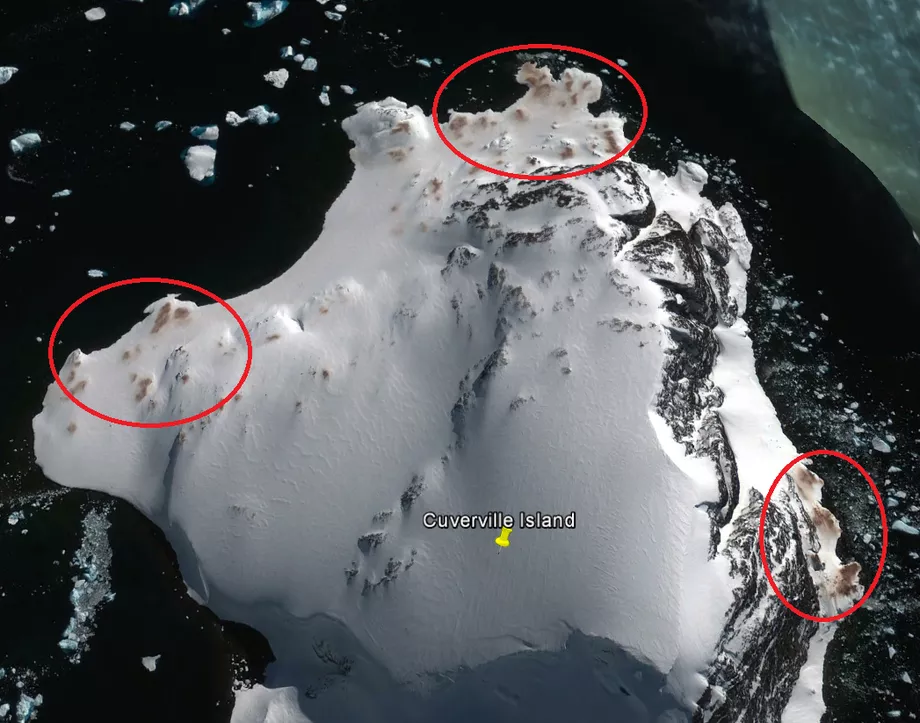Earlier this year, researchers announced the discovery of a huge, 1.5-million penguin colony in a remote group of islands in the Antarctic — adequately named “Danger Islands.”
“We thought that we knew where all the [Adélie] penguin colonies were,” said Heather Lynch, an ecologist at the Stony Brook University, during a news conference at the American Geophysical Union, where recent results were presented.
The revealing point, interestingly enough, was poop — pink poop for that matter.

The penguin colony had remained undetected for millennia when a team of scientists led by ecologist Lynch first spotted signs of penguin activity in 2014, using an algorithm to search through Landsat satellite images. Although the images were grainy and pretty low quality, researchers observed an area of what appeared to be penguin poop.
The preferred food of Adélie penguins is pink krill (tiny crustaceans). They eat so much of it that they often have a pinkish hue themselves — as they get smeared with pink excrements.
“We don’t see individual penguins in the satellite imagery,” Heather Lynch, an ecology professor at Stony Brook University, said at the American Geophysical Union conference this week. “But we do see this pinkish stain left on the landscape by their guano. And we can work out from the area of the guano stains how many penguins must have occupied that site.”

However, while this may seem gross to you, it’s what helped researchers be aware that this colony exists. They had explored the area before but just didn’t chance upon any penguins.
“We, I think, had missed it in part because we hadn’t expected to find them there,” Lynch said. They had previously surveyed one of the islands of the group, but not all of them.
Convinced by the satellite imagery, they prepared an expedition. Drone footage revealed that there were around 1.5 million penguins in the colony.
Although there are more Adélie penguins then we thought, there’s still fewer of them than there used to be. Furthermore, the species is very useful to monitor the Antarctic environment as a whole. The Adélie generally live on icy surfaces but breed on exposed lands, making them sensitive to changes in both icy and rocky environments — so they’re a sort of “canary in the coal mine” for the Antarctic. Scientists note that their habitats are already threatened.
The poop hue also gives an indication of what the penguins are eating (especially how much krill vs how much fish). Simply put, the pinker it is, the more krill they are eating.
[panel style=”panel-primary” title=”How YOU can help monitor the penguins” footer=””]If this story interests you or you’d like to make a difference, you too can contribute to monitoring penguin poop from space. Lynch has posted Google Earth satellite image files which anyone can use to identify new penguin populations or changes in existing ones.
[/panel]


